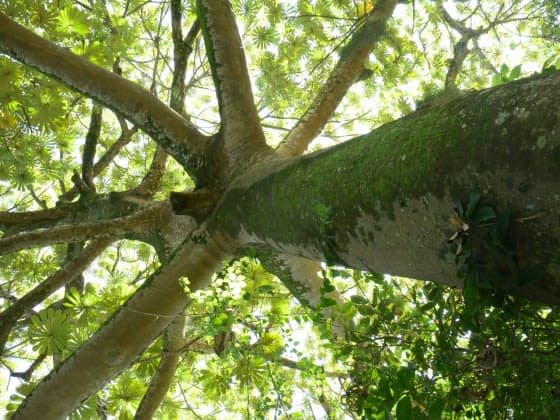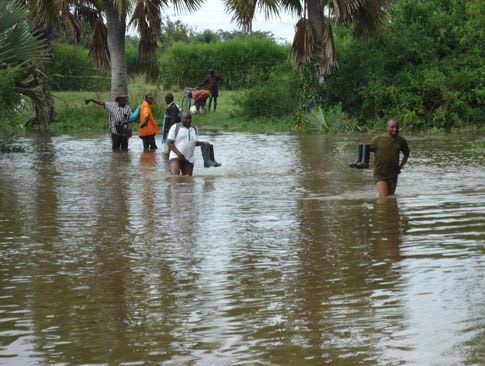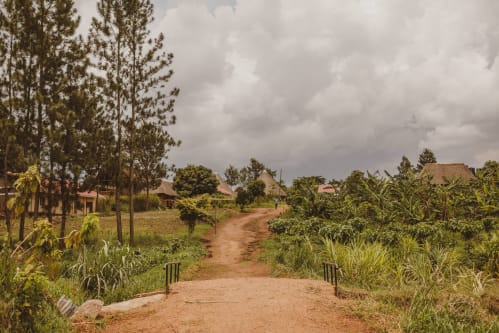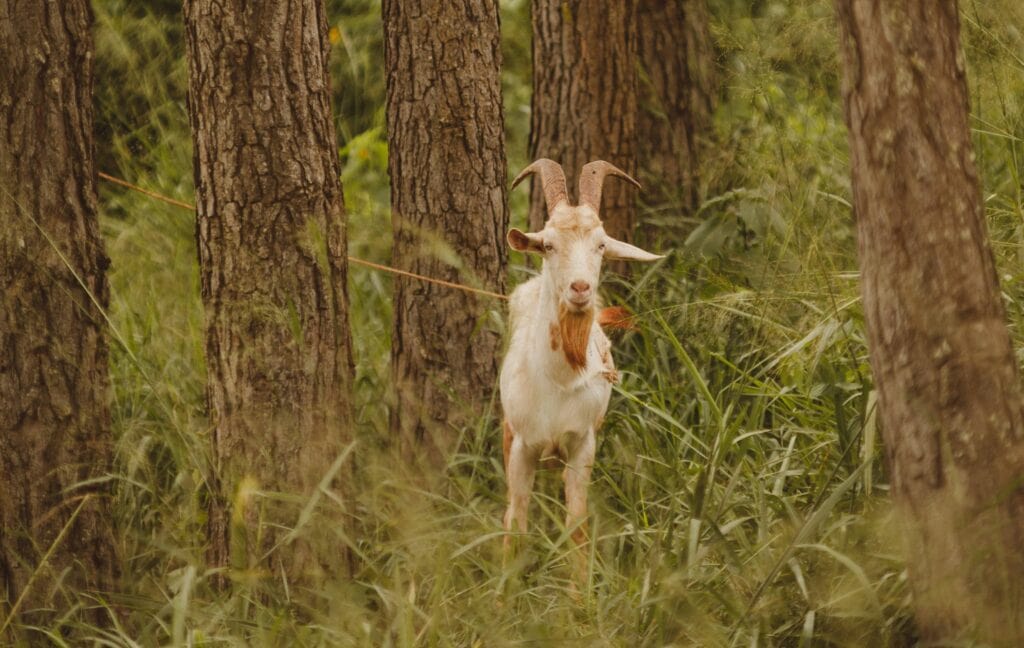All of our Amigos will know that we spend a lot of time trying to make significant, sustainable impact on lives in Uganda, without imposing Western ideals. This is made much easier by our incredible team in Uganda, with whom we have great, honest working relationships.
Every time we return to Uganda, we are struck by the huge changes that have taken place since our last visit. Most of these changes are positive: improved security, health and wealth for the people in the communities that we serve; improved roads and infrastructure. However, we usually notice something that has previously been less apparent but which has come to our attention because it is either a new issue, or has been concealed by other, more pressing issues. One progressive issue that is starkly noticeable each time we return, is the change in landscape. Mass deforestation is a part of Ugandan life, to the extent that the World Wildlife Fund estimates that, if deforestation continues at its current rate, there will be no tree coverage in Uganda by 2050.
So, Why Are Trees So Important?
We know that trees are important – but WHY? The fact is, that trees touch every part of our life, they impact the air that we breathe, flooding, climate, biodiversity, health, wealth and entire societies. Here’s how.

Trees are the silent air purifiers of our planet. In built-up areas, trees are shown to absorb dust, smoke, and other pollutants. If not broken down, carbon dioxide would build up and trap heat in the atmosphere; hero trees do their best to absorb that CO2 and convert it into life-giving oxygen. Trees have an impact from life as soon as they are planted; a sapling will absorb 5.9kg of CO2 in a year, while the average 10-year-old tree absorbs a huge 22kg.
There’s a lot more to a tree than what you see above the ground. The myriad root networks clean pollutants in water, prevent erosion and stop flooding from over saturated land. The UN’s Food and Agriculture Association estimates that one grown evergreen tree will divert a whopping 15,000 litres of water every single year. In countries like Uganda where heavy downfalls can have devastating effects, trees can save lives and livelihoods.

A tree is teeming with life – each tree provides shelter, shade and food for thousands of species. This, in turn, helps to promote plant and tree growth.
Ugandan families rely on trees for every part of life: income, food sources, timber for shelter, a fire to cook on and even life-saving traditional medicines and therapies. Our job is to find ways that this can be done sustainably, where the need for survival today is balanced with the need for the country to thrive in the future. Simple interventions like our energy saving stoves help to reduce wood consumption and encourage people to think about their wood usage.

Conservation Farming techniques focus on efficient farming, and we are currently looking at how we can go even further to help reduce deforestation and restore some balance within rural Uganda.

